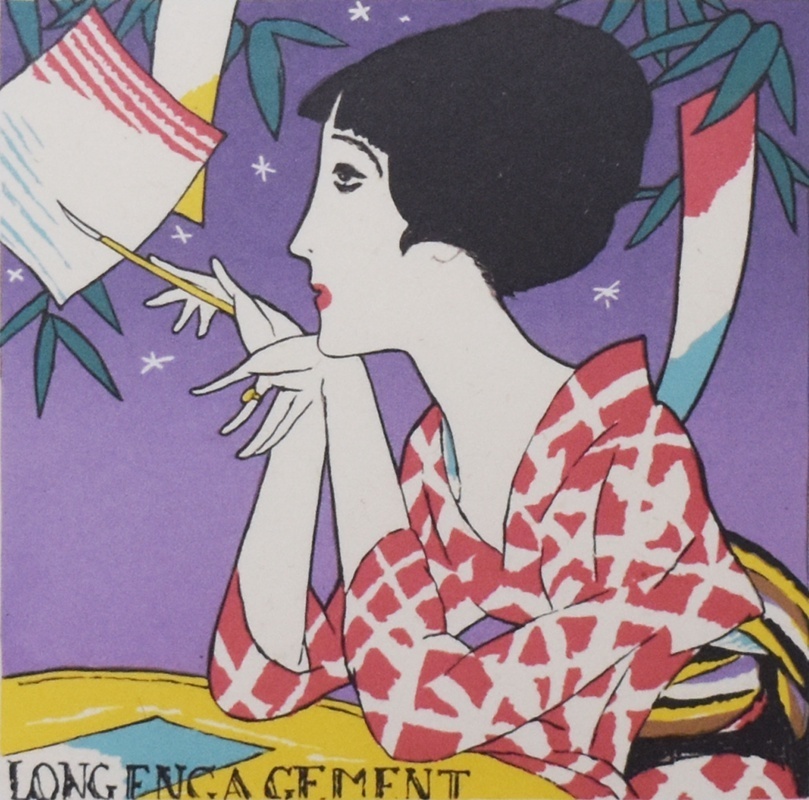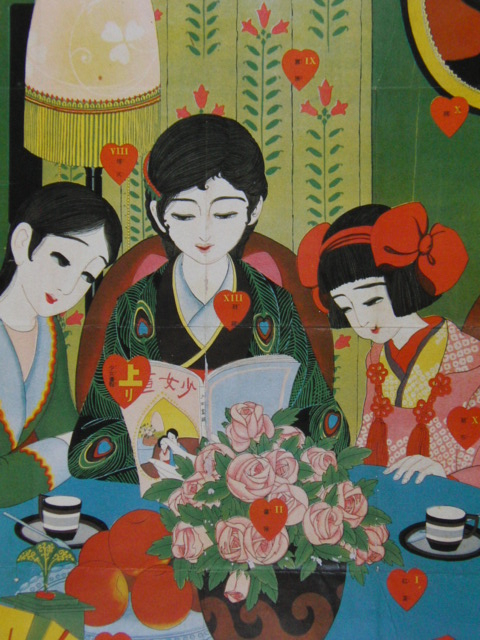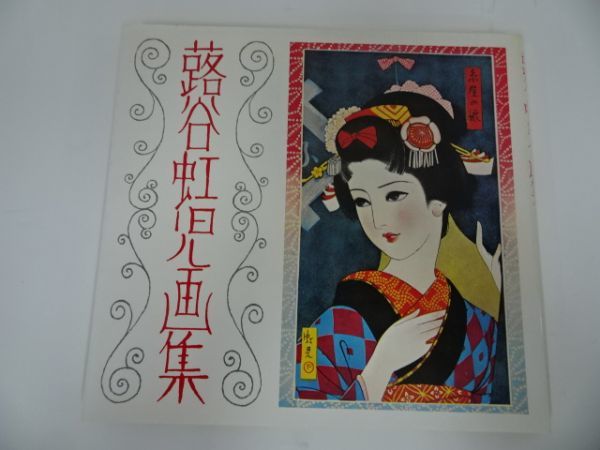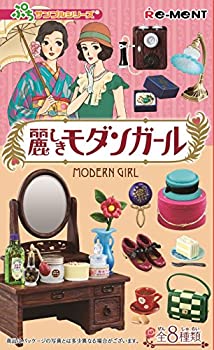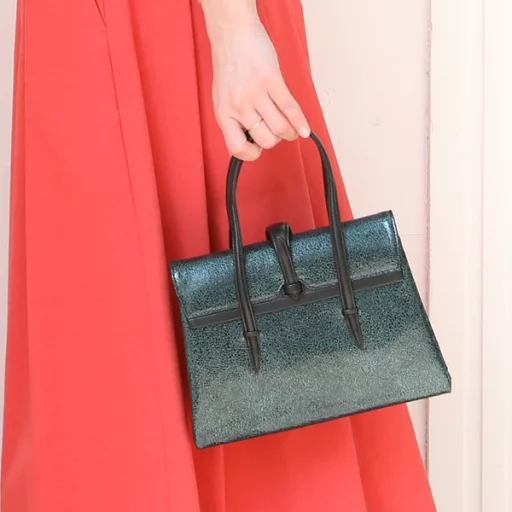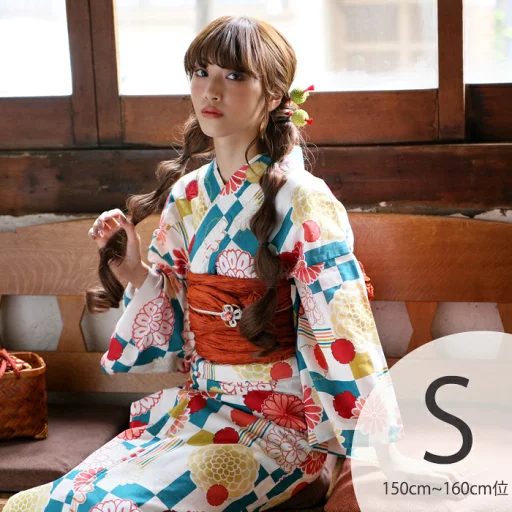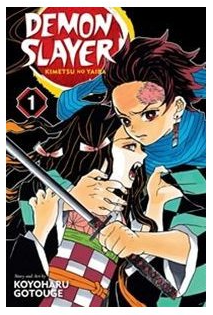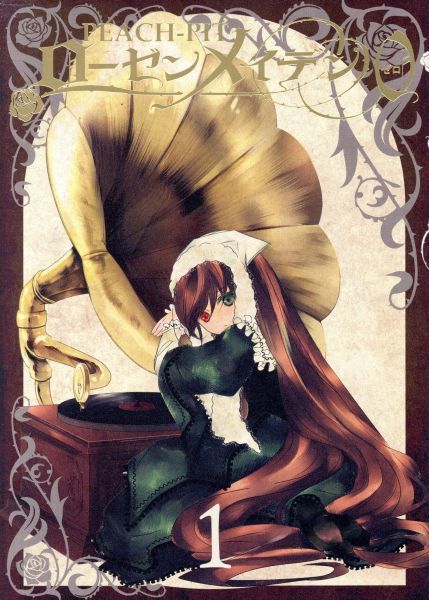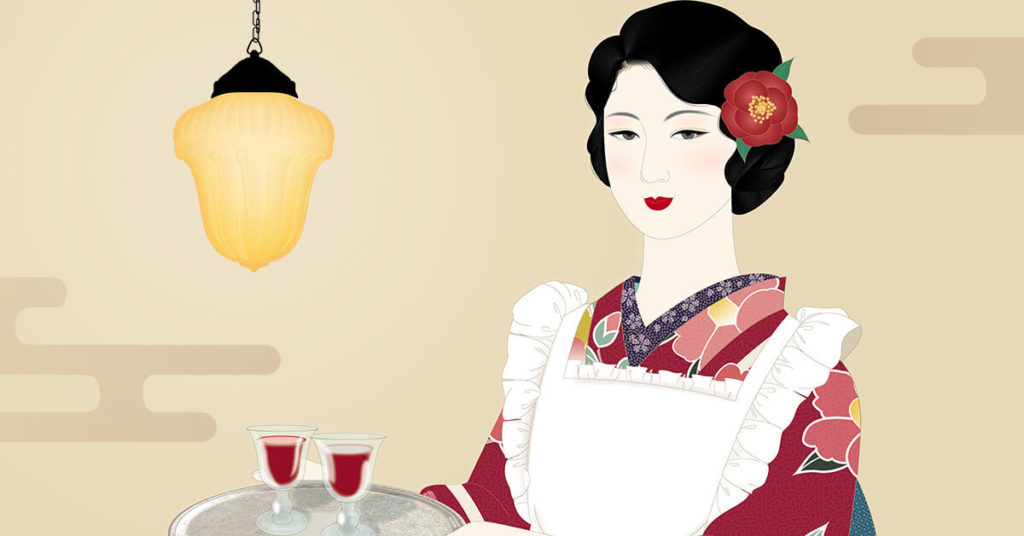
Table of Contents
What is the Taisho Era?
The Taisho era (1912-1926) was a relatively short period of Japanese history nestled between the much longer Meiji (1868-1912) and Showa (1926-1989) eras. It was a time of great change, in which Western culture permeated Japanese popular culture and the average lifestyle of Japanese people changed drastically. Many words and phrases such as ‘Taisho Roman’ (Taisho romantic, a general word for Taisho culture and fashion) ‘Mobo-moga’ (modern boy/modern girl, referring to the younger and more modernized generations of the time) and ‘High kara’ (high collar, a Taisho era slang word for western culture) symbolize the characteristics of this unique period of time. In this article you will get a crash course on the trends of the Taisho period, with a focus on fashion and popular culture.
An Era of Wars, Turmoil and Natural Disasters
During World War I, Japan’s policy of active trading resulted in a booming economy due to a global shortage of goods, but afterwards it fell into a great depression. A large earthquake known as the Great Kanto Earthquake occurred during this period, which added to the feeling of unrest. At the same time, Tokyo was rapidly modernizing, with many new Western-style buildings being erected. Department stores in large cities were fitted with new escalators and elevators, and restaurants were introduced to Western dishes such as croquettes and omelets, which have become popular parts of the Japanese diet. In terms of mass entertainment, movies, plays, rakugo and baseball all became popular during this time. The twitter video below can give you a good idea of the style of the time.
The Nostalgic and Modern Image of Taisho Roman
Taisho Roman is a term used to describe the popular culture that flourished during the Taisho era. This was a time of change, such as in how Japanese women had a much better chance at having a professional career, and how Western influences gave way to distinct new clothing and haircut styles. Dressing with inspiration from Western culture, these women were called ‘mogo’ (modern girls) in Japan. The contemporary artists who best captured a Taisho Roman feeling in their works were Takehisa Yumeji, Koji Fukiya, and Kashō Takabatake.
Takehisa Yumeji
Koji Fukiya
Misc. Taisho Roman Fashion Items
Manga and Games Influenced by the Taisho Era
The popular Demon Slayer series is owes much of its design to memories of the Taisho era. The streets of Asakusa, Tokyo where Tanjiro Kamado first encounters Muzan Kibutsuji draw heavily from the area’s appearance at that time. Taisho era’s influence extends to other media, such as Rozen Maiden 0, Taisho Romantica and the recent Sakura Wars game, which takes place in a fictional futuristic version of Taisho era Japan.
Within the instability of the Taisho era was a vibrant culture which has a strong presence in the popular culture of Japan today. It’s probably safe to say that Demon Slayer will not be the last time that a franchise with Taisho Roman influence achieves great success! If you are interested in looking for Japan-exclusive goods that can add Taisho artistic influence to your lifestyle, using proxy shipping services like Buyee to order from Japanese stores like Mercari or JDirectItems Auction is our recommendation! You can check them out via the links below.
